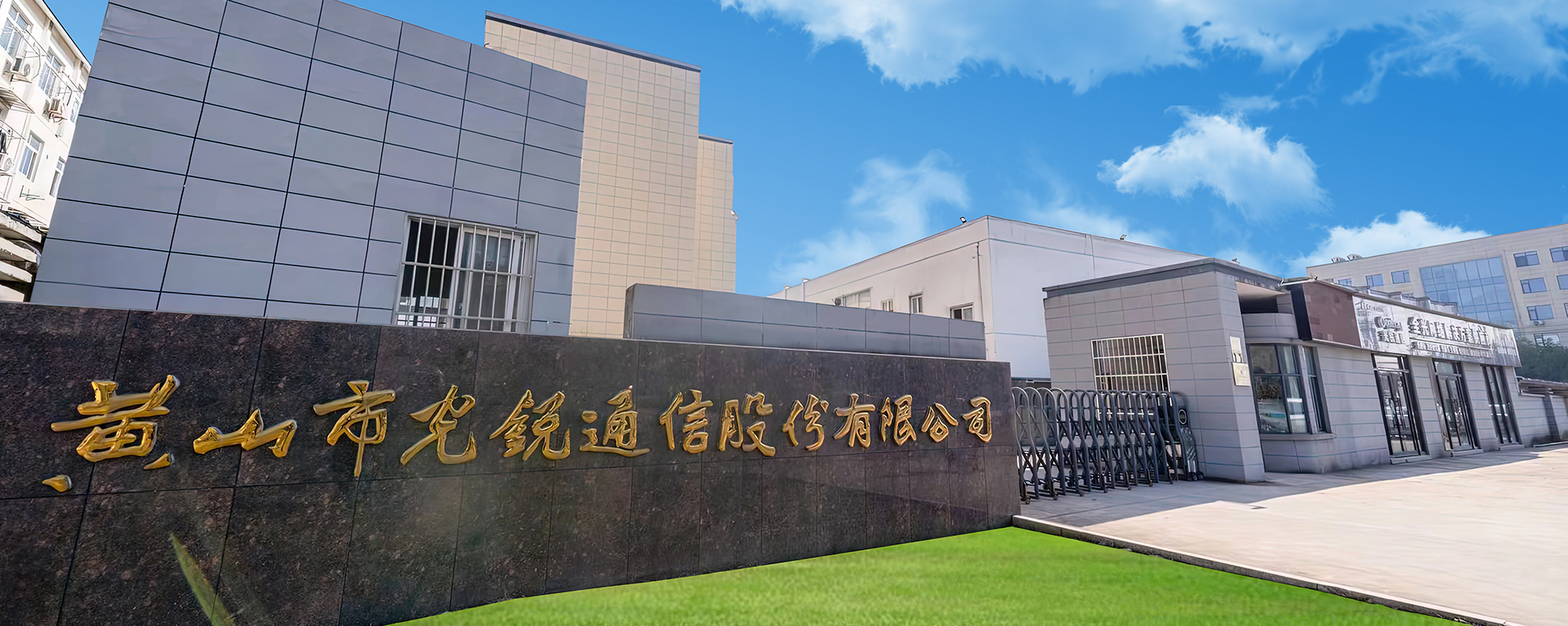+86-0559-5290604
FORGING AHEAD,
LINK FIBER TO FUTURE!
Optoray is China 100G QSFP28 Optical Transceiver Manufacturers and 100G QSFP28 Optical Transceiver Wholesalers. Optoray has a full series of 100G QSFP28 Optical Transceiver and sub-assembly devices from 1Gbps to 400Gbps, which application covers Datacom, Telecom, Video surveillance, and FTTX... And so on. Founded in Huangshan economic development zone, Anhui province in 2007 while the R&D center is in Shenzhen! the phase covers 10,000 square meters. Currently, we already own dozens of related patents and have passed ISO9001:2015 quality system certification and FCC, CE, and RoHS test certification.
Follow company news and information to understand industry trends.
-
 QSFP28-100G-ER4: Is it the ultimate solution for data transmission?
QSFP28-100G-ER4: Is it the ultimate solution for data transmission?In the digital age, the speed and reliability of data transmission are crucial to the development of all walks of life. ...
-
 Incredibly innovative! Can 10G SFP duplex modules and 10GBASE-SR multi-mode technology change your understanding of network communications?
Incredibly innovative! Can 10G SFP duplex modules and 10GBASE-SR multi-mode technology change your understanding of network communications?In today's era of digitalization and informationization, the demand for network connections continues to grow, especiall...
-
 Optical modules: the future of information transmission, are you ready to meet the challenges?
Optical modules: the future of information transmission, are you ready to meet the challenges?With the advent of the digital age, the demand for information transmission speed and capacity is growing day by day. As...
-
 SFP module: critical path to network connectivity?
SFP module: critical path to network connectivity?As a key component of network connection, SFP (Small Form-Factor Pluggable) module is widely used in various fields. Fro...
100G QSFP28 Optical Transceiver Industry knowledge
Can 100G QSFP28 Optical Transceiver manufacturers support multiple optical fiber transmission modes as needed to meet application scenarios with different distance requirements?
100G QSFP28 Optical Transceiver manufacturers are usually able to support multiple optical fiber transmission modes as needed to meet application scenarios with different distance requirements. The QSFP28 (Quad Small Form-factor Pluggable 28) optical module is a high-speed, high-density optical module that is commonly used in data centers and network equipment and supports multiple protocols and transmission rates.
For application scenarios with different distance requirements, 100G QSFP28 Optical Transceiver manufacturers usually provide the following optical fiber transmission modes:
SR (Short Reach) mode: Suitable for short-distance transmission, generally within 100 meters. SR mode usually uses multi-mode fiber (MMF), such as OM3 or OM4 specification fiber. This mode is suitable for short-distance connections within the data center.
LR (Long Reach) mode: Suitable for medium-distance transmission, generally between hundreds of meters to thousands of meters. LR mode usually uses single-mode fiber (SMF) to support longer transmission distances. This mode is suitable for connections between data centers or between different devices.
ER (Extended Reach) mode: Suitable for long-distance transmission, generally between thousands of meters to tens of kilometers. ER mode also typically uses single-mode fiber and has higher power and lower attenuation to support long-distance transmission. This mode is suitable for connections that span longer distances, such as metropolitan area networks (MAN) or wide area networks (WAN).
ZR (Zettabyte Reach) mode: Suitable for extremely long-distance transmission, generally up to tens of kilometers or even hundreds of kilometers. ZR mode also usually uses single-mode fiber and has high power and very low attenuation to support ultra-long distance transmission. This mode is suitable for connections that span large geographical areas, such as cross-border connections or submarine fiber optic cables.
By supporting multiple optical fiber transmission modes, 100G QSFP28 Optical Transceiver manufacturers can meet the distance requirements in different application scenarios and provide users with flexible and efficient solutions. Users can choose suitable optical modules and fiber transmission modes according to actual needs to achieve optimal performance and cost-effectiveness.
Can 100G QSFP28 Optical Transceiver manufacturers configure and customize it according to specific needs to meet the growing network needs?
100G QSFP28 Optical Transceiver manufacturers can often configure and customize it according to customers' specific needs to meet growing network demands. With the continuous development of network technology and the diversification of application scenarios, customers may need customized optical modules to meet their specific requirements. Here are some aspects that manufacturers can configure and customize:
Transmission distance and rate: Customers may need different transmission distances and rates. According to their network layout and needs, manufacturers can provide different configuration options, such as 10G, 25G, 40G, 100G, etc., and can adjust the transmission distance according to customer needs. Includes short, medium and long distance.
Fiber type and connector type: Different network environments may require different types of fiber and connectors, such as single-mode fiber (SMF) or multi-mode fiber (MMF), LC connectors or MTP/MPO connectors. Manufacturers can provide corresponding customization options according to customer requirements.
Power and heat dissipation design: High-density network equipment may be more sensitive to power and heat dissipation requirements. Manufacturers can customize according to customers' equipment characteristics and environmental conditions to ensure the stability and reliability of optical modules.
Protocol compatibility: Customers may require optical modules to be compatible with specific network equipment or protocols, and manufacturers can customize them according to customer needs to ensure that the optical modules can be seamlessly integrated into their existing network infrastructure.
Special requirements and features: Some customers may have special requirements or feature requirements, such as low power consumption, digital diagnostic capabilities, temperature range extension, etc. Manufacturers can customize designs to meet customers' specific needs.
100G QSFP28 Optical Transceiver manufacturers are often able to configure and customize according to customers' specific needs to meet growing network demands. This customized service can help customers better adapt to different network environments and application scenarios, and improve network performance and reliability.



 English
English русский
русский



 +86-186 5596 6697
+86-186 5596 6697


















